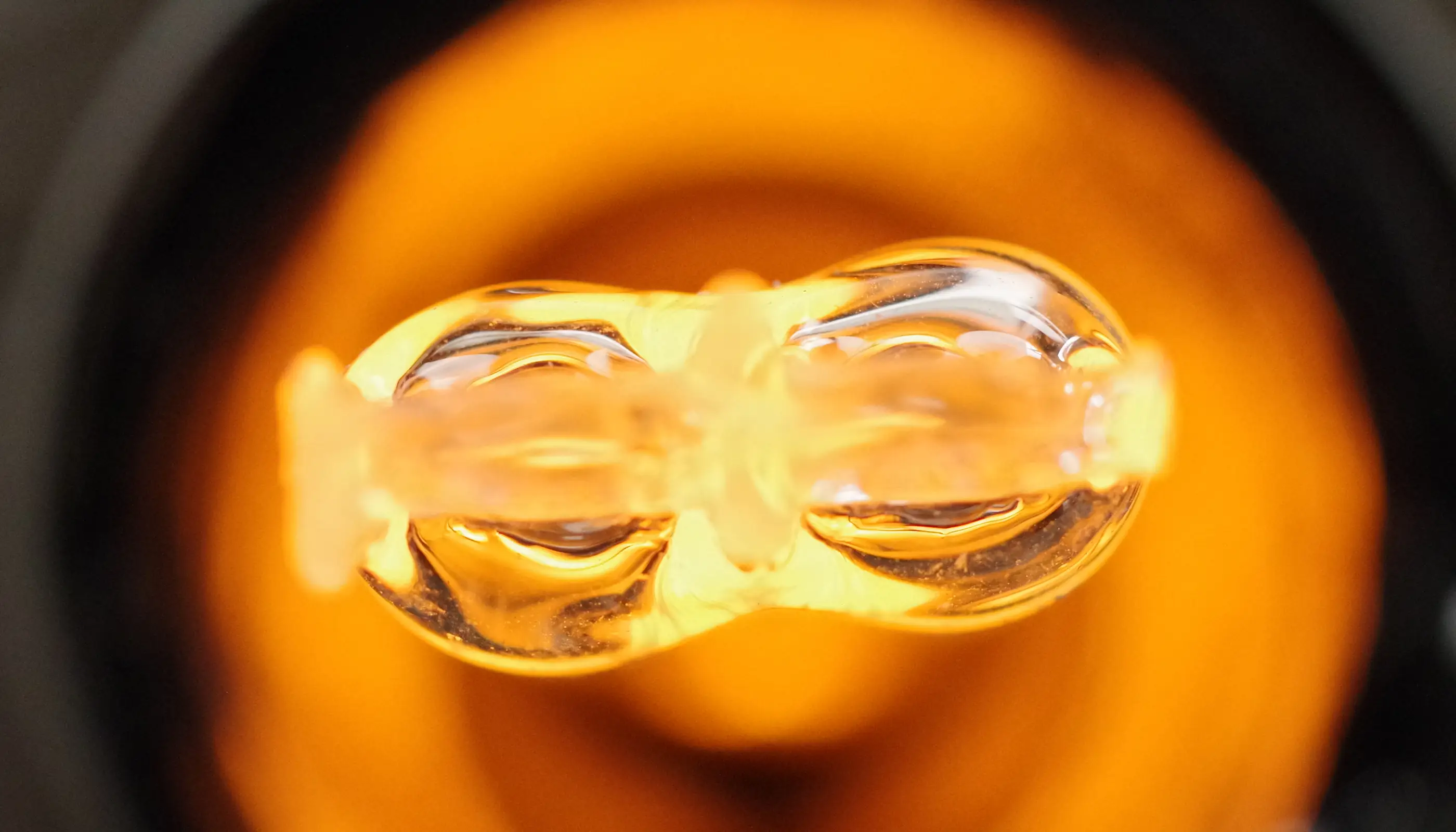
New superhydrophobic coatings based on solvent-free polyurethane resins
The aim of the project is to provide a range of polyurethane resins with superhydrophobic properties to give them water-repellent, dirt-repellent or self-cleaning properties. Potential applications are very diverse, and include the automotive, aeronautical, offshore, wind power, construction, marine, photovoltaic panel and textile industries.
Kemica Coatings' Souplethane-UR5/6 range is already in use on ship decks and offshore pipelines. It provides anti-corrosion protection on metal or concrete substrates, using a solvent-free polyurea urethane resin base. A perfectly adherent coating on metal substrates (23 MPa), it is also very easy to maintain and repair. Improving the water-repellent properties of this type of coating opens up new markets and enables us to meet more demanding specifications in terms of durability and anti-ice, anti-fouling performance.
A strong industrial need
There is a strong need for surface coatings with anti-fouling, self-cleaning, anti-icing or anti-fouling properties. So-called superhydrophobic coatings, i.e. those that are not wetted by water, are promising candidates. These properties are obtained either by a particular surface chemistry (fluorine, silicone) or by specific surface texturing to obtain a multi-scale topography (lotus effect). Chemical modification is an interesting option for resins applied directly on site. Surface texturing techniques could be used to produce prefabricated membranes textured by laser/plasma for subsequent bonding on site. This type of product could cover specific components. In particular, valves for transporting liquefied gases or oil to protect them in winter, portions of the external surfaces of an aircraft or NABLA connector systems used to fasten train rails.
Un défi scientifique et technologique
Ce projet a pour objectif de développer des revêtements hydrophobes innovants. Le défi étant d’améliorer les propriétés hydrofuge du revêtement tout en respectant les exigences du marché actuel :
- Résine à faible empreinte carbone et/ou en partie biosourcée (30 - 60%massique)
- Sans COV et 100% d’extrait sec
- Applicable à température ambiante
- Répondant aux normes de certification de type ACQPA T et/ou NORSOK
Ce projet nécessite d’utiliser des additifs pour ‘’booster’’ les propriétés de surfaces (Silices fluorées, graphènes) et de les comptabiliser avec la résine sans utiliser de solvants. Des compétences en chimie des polyuréthane et procédés et en physico-chimie sont sollicitées. Les techniques de texturation par plasma nécessitent également des compétences et des appareillages très pointus. En outre, il faudra penser les procédés pour qu’ils soient viable à l’échelle industrielle.
Plasma-based processes are an important tool that can be used to add specific functionalities to surfaces. Plasmas can be used to modify the topography of surfaces, e.g. their roughness, to endow surfaces with chemical functional groups, to clean surfaces or to deposit new structures on surfaces. The latter includes the deposition of protective coatings and ultra-thin polymer films, as well as the "decoration" of surfaces with nanoparticles and the growth of nanostructures such as carbon nanomers or carbon nanotubes.
The advantages
The advantages of plasma processes lie in particular in their scalability, environmental-friendliness and flexibility in terms of possible applications and the types of materials that can be treated. Materials that can be treated with plasma include metals and ceramics, for example, but also more sensitive materials such as polymers, textiles and even living tissue.
Academic laboratories
GREMI – CNRS / University of Orléans
ICMN - CNRS / University of Orléans
Industrial partner
KEMICA COATINGS , Mignières (28)
Funding
427k€ over 3 years
from regional funds (ARD CVL)
Recruitment
Syrine JEBALI
Johannes BERNDT
Contact
Christophe Sinturel christophe.sinturel@univ-orleans.fr


